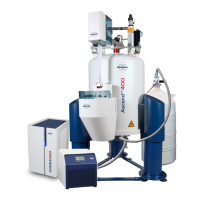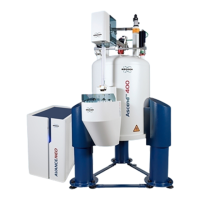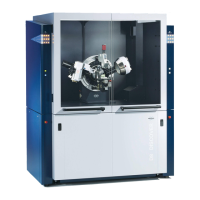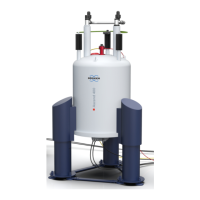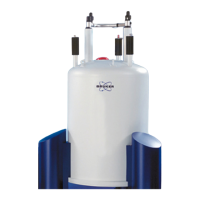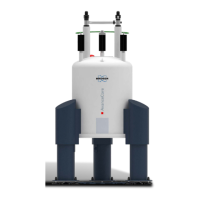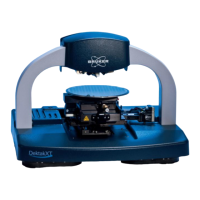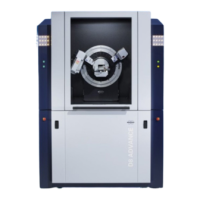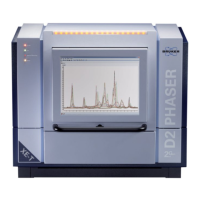Environment and Site Survey Measurement
52 H157655_1_008
7.3 Electromagnetic Interference
Possible sources of interference are power lines which may carry fluctuating loads, heavy
duty transformers, large electric motors, air conditioning systems, power transformers, etc.
The fluctuating electromagnetic fields arising from such devices can interfere with the magnet
and cause spatiotemporal field instabilities. Of particular concern are sudden changes in load
as may be produced by elevators, trams, subways etc.
Other sources of interference include radio and television stations, satellites and other HF
transmitters that may operate in the vicinity of NMR frequencies of interest.
The effect of such interferences on the NMR/MRI/micro-imaging results strongly depends on
various parameters, such as the experiment itself, digital lock parameters, lock substance,
experiments (pulse programs), 2H S/N, magnet generation and temperature and if there is a
digital lock at all.
If you suspect that you have a source of interference located near the proposed magnet site
then you should contact Bruker BioSpin for a site survey.
Bruker offers a service for measuring EMF interferences using specialized hardware and
software. We recommend measurements to be done over a period of at least one hour
(ideally much longer) to try capturing both steady state conditions and transient events.
However, often there is a need to do much longer measurements, including overnight.
7.3.1 Types of EMF Interference
• DC interference (up to 1 Hz).
• AC interference (from 1 Hz up to 200 Hz, especially 16 2/3 Hz*, 50 Hz, 60 Hz and
harmonics).
• HF Interference.
* 16 2/3 is the standard for long distance train power lines.
7.3.2 DC EMF Interference
DC interferences (0-1 Hz) generally come from devices operated on DC, such as subways,
trams, trolley-bus, suburban trains, etc. The locations of both the device and its power supply
and lines relative to the proposed NMR site are essential to the amplitude and orientation of
DC fields and how they may interfere with the NMR system. DC feeder lines are just as
disturbing as the vehicle itself and they do not run necessarily parallel to the track.
Moving iron (or other ferromagnetic materials) may cause DC interferences:
• Trains
• Trucks & Cars
• Elevators
• Forklifts
• Doors
• Large parts with magnetic material (steel cabinets, containers)
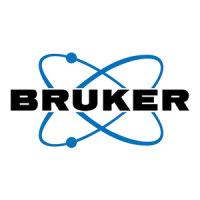
